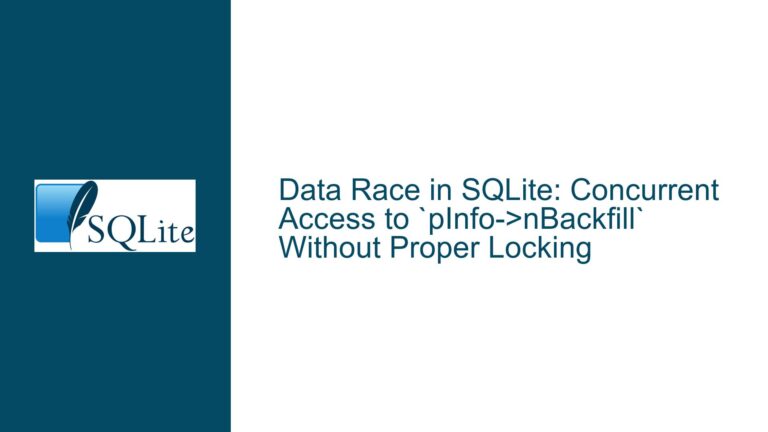Optimizing FTS5 External Content Tables for Storage and Performance
Understanding FTS5 External Content Tables and Their Role in SQLite
Full-Text Search (FTS) in SQLite is a powerful feature that allows for efficient text-based querying. FTS5, the latest version of this module, introduces several improvements over its predecessor, FTS3, including the concept of external content tables. These tables are designed to optimize both storage and query performance by separating the indexed content from the actual data stored in the database. However, the benefits of using external content tables are not always immediately apparent, especially when dealing with smaller datasets.
When working with FTS5 external content tables, the primary consideration is whether the separation of indexed content from the actual data will yield significant advantages in terms of storage efficiency and query performance. In the context of a web application with a relatively small dataset (ranging from 200 to 20,000 rows), the impact of using external content tables may not be as pronounced as it would be in larger datasets. However, understanding the nuances of how these tables operate can help you make informed decisions about their implementation.
Potential Benefits and Drawbacks of FTS5 External Content Tables
The use of FTS5 external content tables can offer several potential benefits, including reduced storage requirements and improved query performance. By storing only the indexed content in the FTS5 table and referencing the actual data in an external table, you can avoid duplicating data, which can lead to significant storage savings, especially in larger datasets. Additionally, the separation of indexed content from the actual data can result in faster query execution times, as the FTS5 table is smaller and more focused on the text-based search functionality.
However, there are also potential drawbacks to consider. One of the main challenges is the complexity of managing the relationship between the FTS5 table and the external content table. This relationship must be carefully maintained to ensure that the indexed content remains consistent with the actual data. Any discrepancies between the two tables can lead to inaccurate search results, which can be particularly problematic in a web application where users rely on the search functionality to find relevant information.
Another consideration is the impact on query performance when joining the FTS5 table with the external content table. While the FTS5 table itself may be optimized for text-based searches, the additional overhead of joining it with an external table can negate some of the performance benefits. This is especially true in smaller datasets where the performance gains from using external content tables may be minimal.
Implementing and Troubleshooting FTS5 External Content Tables
To effectively implement FTS5 external content tables, it is essential to follow a structured approach that includes careful planning, thorough testing, and ongoing maintenance. The first step is to design the schema for both the FTS5 table and the external content table. The FTS5 table should include only the columns that are necessary for text-based searches, while the external content table should contain the additional columns that are not indexed. The relationship between the two tables should be defined using a unique identifier, such as a primary key, to ensure that the indexed content remains consistent with the actual data.
Once the schema has been designed, the next step is to populate the FTS5 table with the indexed content. This can be done using the INSERT statement, but it is important to ensure that the content is correctly mapped to the corresponding rows in the external content table. Any discrepancies during this process can lead to inaccurate search results, so it is crucial to validate the data before and after the insertion.
After the FTS5 table has been populated, the next step is to test the query performance. This involves running a series of queries that join the FTS5 table with the external content table and measuring the execution times. It is also important to test the accuracy of the search results to ensure that the indexed content is correctly mapped to the actual data. If any issues are identified during this testing phase, they should be addressed before the implementation is considered complete.
Ongoing maintenance is also a critical aspect of using FTS5 external content tables. This includes regularly updating the indexed content to reflect any changes in the external content table, as well as monitoring the performance of the queries to ensure that they continue to meet the required standards. Any discrepancies or performance issues should be promptly addressed to maintain the integrity and efficiency of the search functionality.
In conclusion, while FTS5 external content tables offer several potential benefits, their implementation requires careful consideration and thorough testing. By following a structured approach and addressing any issues that arise, you can optimize the storage and performance of your SQLite database, even in the context of a web application with a relatively small dataset.






